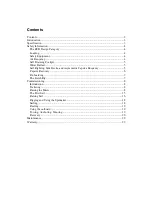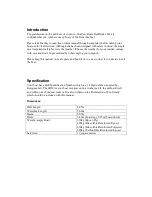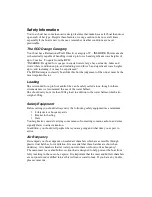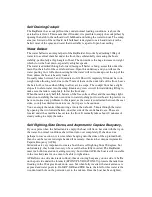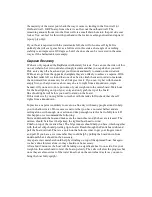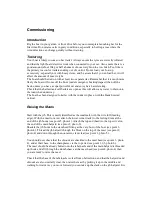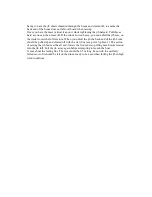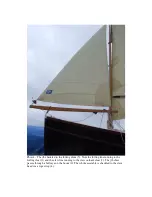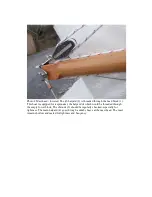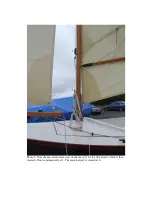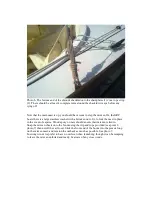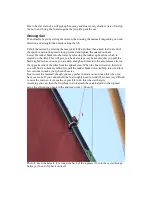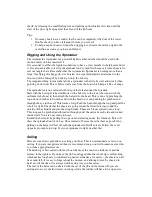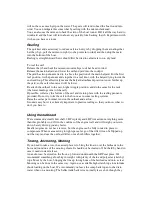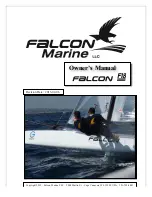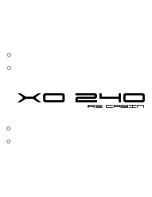
Safety Information
Your new boat has some innovative design features that make her a safer boat than most
open craft of her type. Despite these features, we urge caution in her use at all times,
especially if the boat is new to the user, remember weather conditions are never
predictable.
The RCD Design Category
Your boat has a Recreational Craft Directive category of C - INSHORE. This means she
is theoretically capable of handling winds up to force 6 and significant wave heights of
up to 2 metres. To quote from the RCD:
“INSHORE: Designed for voyages in coastal waters, large bays, estuaries, lakes and
rivers where conditions up to, and including, wind force 6 and significant wave heights
up to, and including, 2 m may be experienced.”
The RCD attempts to classify boats like this but the judgement of the owner must be the
most important factor.
Loading
She is intended for up to four adults. She can be safely sailed alone, though in these
circumstances we recommend the use of the water ballast.
She should carry no more than 300kg load, in addition to the water ballast, which also
weighs 300kg.
Safety Equipment
Before sailing you should always carry the following safety equipment as a minimum:
•
Lifejackets or buoyancy aids
•
Bucket for bailing
•
Oars
You might also consider carrying some means of contacting someone ashore, and some
signally flares to attract attention.
In addition, you should tell people where you are going and what time you expect to
arrive.
Air Buoyancy
If swamped your boat depends on sealed air chambers which are accessible through
plastic twist hatches, for ventilation. It is essential that these hatches are shut when
underway. Air chambers that let water pour into them will not work as buoyancy!
The main mast is a sealed hollow section that is designed to help prevent the boat from
fully inverting in the case of a capsize. It is important that the mast and hull air chambers
are not punctured or drilled into as this will cause water to leak. If you have any doubts,
please contact us.


